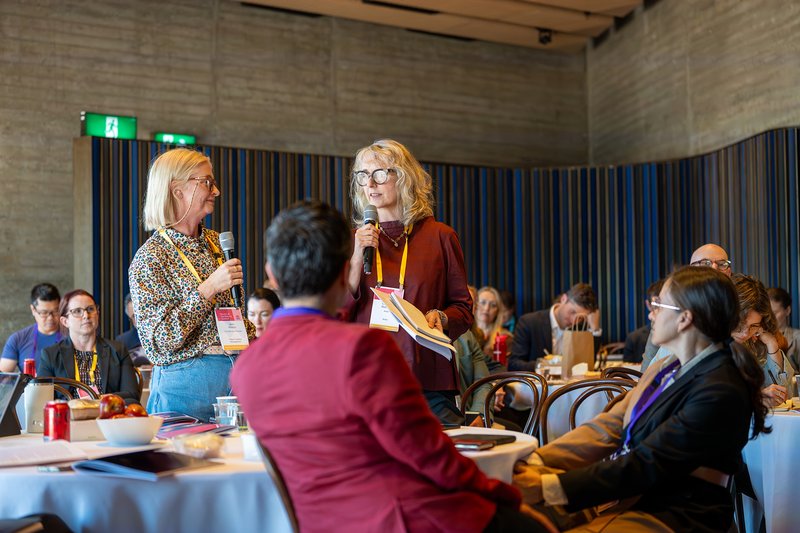The Art of Tax Reform: Summit summary
Change is within reach for artists. Here’s what happened at the Art of Tax Reform Summit.
Change is within reach for artists. Here’s what happened at the Art of Tax Reform Summit.

The NSW Government’s Art of Tax Reform Summit set out to address a big question: how can the tax system better support artists, arts workers, and the broader creative industries?
Right now, many tax rules work against them. Artists can sometimes end up financially worse off after receiving a grant or prize, while GST and HECS settings mean a single good year can push people into debt.
The Summit brought together artists, arts organisations, arts advocates, philanthropists, tax policy experts, and local, state and federal government representatives to shape practical reforms that will feed directly into the next National Cultural Policy. Federal Arts Minister Tony Burke and Special Envoy for the Arts Susan Templeman were joined by arts ministers from NSW, SA, WA and Victoria, senior Queensland officials, and the City of Sydney’s Lord Mayor Clover Moore as well as Deputy Lord Mayor Jess Miller.
Opening the day, Minister Burke noted that while funding can come and go with changes in government and other political shifts, tax reform is both harder to achieve and harder to undo. That, he stressed, is exactly why this moment matters.
Drawing on decades of advocacy and members’ lived experience, NAVA presented a number of targeted reforms, including:
There is a well-documented and urgent need for change. Average artist income sits at just $23,600 per year, well below the poverty line and 6% lower in real terms than twenty years ago. Current tax rules can make it harder for artists to sustain their practice: GST obligations, HECS repayments and the way prizes and grants are taxed can turn a successful year into debt and long-term repayment plans with the Tax Office. While tax reform won’t fix everything, it can stop one-off successes from becoming financial setbacks and give artists a better chance to keep working on their practice.
A strong consensus emerged that this is a rare opportunity for meaningful change, supported by more than 300 submissions and cross-government collaboration. Several themes stood out:
From here, the work turns to the technical detail: modelling, costing, and working with Treasury, the ATO and Parliamentary Counsel to turn ideas into practical reforms. Not every proposal will progress, but there is strong shared commitment to keep building on the progress made at the Summit.
Artists and arts workers have a role in maintaining this momentum. By sharing lived experiences with your local MPs, the sector can show why reformed tax settings are essential for artists, arts workers and the creative industries more broadly.
NAVA will share tools to help members have these conversations and will continue to press the case nationally to ensure the sector’s proposals feed directly into the next phase of the National Cultural Policy. Tax reform is complex and slow, but its outcomes are lasting. With a united sector and engaged governments, the Summit marked an important step toward lasting structural change.
Art of Tax Reform Summit, Sydney Opera House, 25 September 2025. L-R: Jean Mostyn and visual artist Caroline Rothwell. Courtesy of NSW Department of Creative Industries, Tourism, Hospitality and Sport.
ID: Two women are standing and speaking into microphones at a summit, while holding papers and wearing name badges, as other attendees sit around tables listening and taking notes.